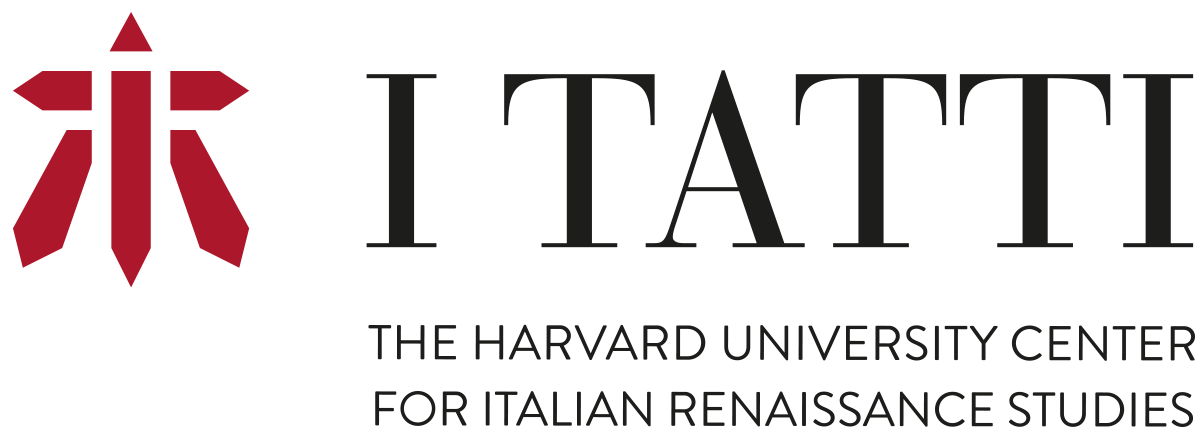Ewa Lajer-Burcharth
Drawing in the World in the Eighteenth Century
2025-2026 (May - June)

Biography
William Dorr Boardman Professor of Fine Arts at Harvard University, Ewa Lajer-Burcharth specializes in eighteenth- and nineteenth-century French art and writes frequently on contemporary art. Her books include Necklines: The Art of Jacques-Louis David after the Terror (Yale University Press, 1999; Ebook A&AePortal, 2022), Chardin Material (Sternberg Press, 2011), and The Painter’s Touch: Boucher Chardin Fragonard(Princeton University Press, 2018; paperback ed., 2022). She also co-authored Interiors and Interiority, (De Gruyter, 2015); Painting Beyond Itself: A Medium in the Post-Medium Condition (Sternberg Press, 2016), and Drawing: The Invention of the Modern Medium (Harvard Art Museums, 2017; Ebook A&Ae Portal, 2018). At I Tatti she will be working on her book project titled Drawing in the World.
Project Summary
Established since the Renaissance as a tool of creative process, drawing acquired a new status and meaning in eighteenth-century France. Recognized as an autonomous artistic form, it became an object of aesthetic contemplation and critical reflection. Featured prominently in private collections and public displays, drawings gained social visibility and cultural as well as commercial values. At the same time, mobilized by emergent scientific disciplines, (e.g., the natural sciences), the medium served in more sustained ways as an instrument for transmitting knowledge. As such, it was implicated in France’s commercial and territorial expansion, directly or indirectly facilitating colonization. Thus, no longer confined to the artist’s studio, drawing entered the world at large.
What did it mean to “draw in the world” in the 18th century? Focusing on four prominent draftsmen–Antoine Watteau, Gabriel de Saint-Aubin, Madeleine Basseporte, and Jean-Honoré Fragonard–this project examines how their practices, unfolding outside the precincts of the Academy, engaged with, were impacted by, and in turn impacted the world at large. At stake is not simply to record the expanded thematic repertory of drawing, but to explore how its location beyond the studio fundamentally transformed the medium’s aesthetic, formal, and material (technical) qualities. Deployed in the city, on the street, in the botanical garden, or in the ruins of an ancient villa, the medium in these artists’ hands acquired new temporal, spatial, epistemic, and dialogical dimensions. How these new functions of drawing related to the medium’s earlier conceptualizations—beginning with those originating in the Renaissance--is one of the questions to be pursued at I Tatti.
